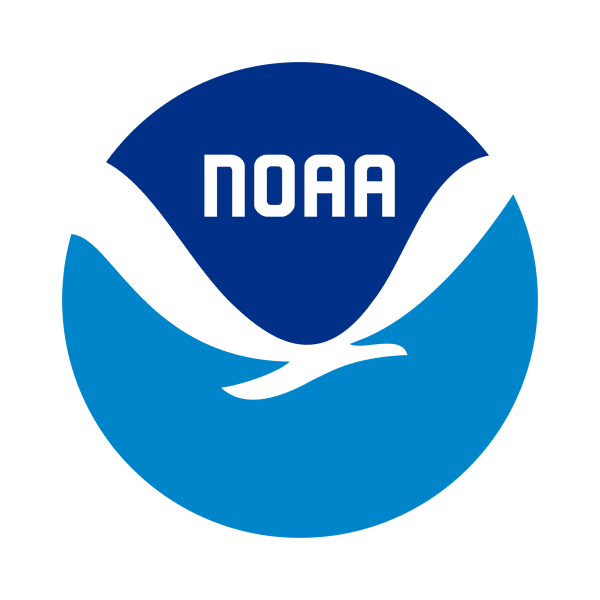This project was funded through the 2020 United States Mexico Canada Agreement (USMCA) Implementation Act (P.L. 116-113), which provided the NOAA Marine Debris Program funding to prevent and reduce marine debris in the North American region. Chapter 24 of the USMCA includes specific environmental goals that highlight the need to take action to prevent and reduce marine debris, including plastic litter and microplastics, in order to preserve human health and marine and coastal ecosystems, prevent the loss of biodiversity, and mitigate the costs and impacts of marine debris. This project was awarded competitively and meets the environment goals of the USMCA by promoting waste infrastructure and removing marine debris across the United States, Canada, and Mexico.
The Ocean Conservancy’s Global Ghost Gear Initiative coordinated across North America to better manage and prevent the loss of fishing gear and launch the North American Net Collection Initiative.
Type of Project: North America Marine Debris Prevention and Removal
Region: California and Mexico
Project Dates: September 2021 - August 2024
Who was involved?
With support from the NOAA Marine Debris Program, the Ocean Conservancy’s Global Ghost Gear Initiative carried out this innovative, cross-border derelict fishing gear project.
What was the project and why is it important?
Derelict fishing gear, or ghost gear, is lost and discarded gear that is no longer under the control of a commercial or recreational fisherman. It includes nets, lines, crab/shrimp pots, and other fishing equipment. This type of debris can continue to catch and harm marine life, cause problems for vessels by wrapping around rudders and propellers, and damage ecosystems and fishing grounds. It is one of the deadliest and most harmful forms of marine debris to marine animals and has many negative impacts to fisheries, fisher livelihoods, and the marine environment.
This project helped to reduce ghost gear by launching a cross-border effort, the North American Net Collection Initiative, to collect used and retired fishing gear that was processed and recycled for use in new products. The project also worked with fishers and fisheries managers to improve the management of gear and promote recycling of end-of-life gear. Project partners increased the dialogue among the United States, Canada, and Mexico as three member governments of the Global Ghost Gear Initiative to share and strengthen solutions to reduce ghost gear in these countries.
In Mexico, the project assisted the Government of Mexico in developing a national ghost gear action plan, and increasing comprehensive understanding of ghost gear ‘hotspots’ through predictive modeling analysis and extensive fisher surveys. Through this project, the partners helped to reduce the amount of fishing gear lost or abandoned in the ocean, promote an innovative gear recycling model, and increase collaboration among the governments of the United States, Canada, and Mexico to find solutions to continue to keep our ocean clean and free of marine debris.
What were the results?
Through the North American Net Collective Initiative, project partners successfully:
- Diverted 636,800 pounds of fishing gear from the marine environment, including over 523,700 pounds of end of life nets that were pre-processed and shipped to Bureo, Inc.’s net processing facilities for recycling into high-end consumer goods.
- Partnered with 11 fishing-related companies in Mexico committed to responsible net disposal. Companies in Baja California, Sonora, and Sinaloa contributed the majority of the nets collected , generating over $33,000 for local community projects including cleanups and educational activities aimed at reducing ghost gear and other marine debris.
- Engaged fishers in Mexico on strategies for reducing and preventing ghost gear, and to better understand factors contributing to gear loss. Project partners trained 83 fishers to implement best practices for reducing and removing ghost gear, thereby reducing the amount of gear impacting North American shorelines.
- Produced Mexico’s first predictive model to inform ghost gear action. The model shows likely locations of gear loss and accumulation along Mexico’s coast and includes recommended actions to prioritize removals and inform allocation of resources to address ghost gear.
- Convened officials from the United States, Canada and Mexico to advance cooperation on and discuss solutions to ghost gear during a virtual roundtable event.
For more information about this project, visit the Marine Debris Program Clearinghouse.
 An official website of the United States government.
An official website of the United States government. 
